Do you have a question about the MSI MAG Z490 TOMAHAWK and is the answer not in the manual?
Identifies essential tools and components required for computer assembly.
Details essential safety guidelines to prevent damage and ensure proper handling of components.
Step-by-step guide for installing the CPU into the motherboard socket.
Details the recommended procedure for installing DDR4 memory modules.
Explains how to connect front panel power and reset switches, and LEDs.
Instructions for physically mounting the motherboard inside the computer chassis.
Details the ATX and CPU power connectors and their proper connection.
Guides on installing SATA hard disk drives and DVD drives.
Steps for installing a graphics card into a PCIe slot.
Illustrates connections for keyboard, mouse, monitor, and speakers.
Steps to connect power cables and turn on the computer for the first time.
Details CPU compatibility, chipset, and DDR4 memory support.
Covers storage interfaces, LAN, USB, and audio specifications.
Lists internal connectors, LED features, and BIOS capabilities.
Details included software, Dragon Center, and performance-enhancing features.
Details all items included in the motherboard package.
Provides a visual block diagram of system components and layout.
Explains LAN port LED indicators and audio port connection configurations.
Details features like Device Selection, Application Enhancement, and Main Volume control.
Provides a visual layout of motherboard connectors and key components.
Explains the CPU socket features and provides instructions for safe CPU installation.
Details the recommended procedure for installing DDR4 memory modules.
Describes the PCIe slots and provides guidance for installing expansion cards.
Details the pin configurations for ATX and CPU power connectors.
Explains connections for front panel switches, LEDs, and buzzer.
Details the connection for front panel audio jacks.
Provides instructions for installing M.2 modules and securing them with heatsinks.
Describes the SATA connectors and provides important usage notes.
Details port availability when M.2 slots are populated.
Explains PWM and DC modes, and details the pin definitions for fan connectors.
Details the pinout and important notes for USB 2.0 connectors.
Describes the USB 3.2 Gen 1 Type-C connector and its installation.
Details the pinout and important notes for the USB 3.2 Gen 1 connector.
Explains the connector for a Thunderbolt add-on card.
Details the RTD3 connector for Thunderbolt I/O cards.
Explains how to reset BIOS settings using the Clear CMOS jumper.
Details the connector for a Trusted Platform Module (TPM).
Details how to connect and configure the chassis intrusion detection feature.
Explains how to connect 5050 RGB LED strips and RGB LED fans.
Details connection for WS2812B addressable RGB LED strips and fans.
Explains the function of the EZ Debug LEDs for system status.
Describes the switch used to control onboard LEDs.
Step-by-step guide for installing the Windows 10 operating system.
Instructions for installing essential motherboard drivers and software utilities.
Introduces UEFI BIOS, its advantages, and how to enter the setup.
Guide on how to access the BIOS setup menu during system startup.
Lists the function keys and their corresponding actions within the BIOS setup.
Instructions for resetting BIOS settings to their default configurations.
Step-by-step guide for updating the system BIOS using the M-FLASH utility.
Details the process of updating the BIOS using the MSI Dragon Center software.
An overview of the EZ Mode interface, its main features, and navigation.
Explains how to use M-Flash for BIOS updates and manage favorite BIOS settings.
Details the Advanced Mode interface and its primary menu options.
Covers system date/time settings and information on SATA/M.2 devices.
Details sub-menus for PCIe, ACPI, and integrated peripherals configuration.
Introduces the OC Menu for overclocking and its exploration modes.
Explains memory overclocking, DRAM timing, and voltage controls.
Provides detailed steps for updating the BIOS using the M-FLASH utility.
Explains how to create, save, load, and clear overclocking profiles.
Details how to adjust fan speeds and monitor system temperatures and voltages.
Compares RAID levels and guides on enabling Intel Rapid Storage Technology.
Step-by-step instructions for creating RAID volumes using Intel RST.
Explains the process for deleting RAID volumes and the associated data loss.
Guides for installing RAID drivers during OS setup and the Intel RST software.
Lists prerequisites for installing and using Intel Optane memory.
Guides on installing, enabling, and important cautions for Optane memory.
Provides steps to safely disable and remove Intel Optane memory modules.
Troubleshooting steps for power-on, no signal, and boot failure issues.
Solutions for common problems like no audio, network, USB, or BIOS issues.
Details FCC, C-Tick compliance, and battery disposal guidelines.
Covers environmental policies, WEEE directives, and chemical substance info.
Provides environmental compliance information in various languages.
Details product compliance for RoHS, India E-waste, and Turkish EEE regulations.
Lists hazardous substances, RoHS declaration, and technical support contact.
| Processor socket | LGA 1200 (Socket H5) |
|---|---|
| Processor manufacturer | Intel |
| Compatible processor series | Intel® Core™ i9 |
| Maximum number of SMP processors | 1 |
| Non-ECC | Yes |
| Memory channels | Dual-channel |
| Memory slots type | DIMM |
| Number of memory slots | 4 |
| Supported memory types | DDR4-SDRAM |
| Maximum internal memory | 128 GB |
| Supported memory clock speeds | 2133, 2400, 2666, 2933, 3000, 3200, 3300, 3333, 3400, 3466, 3600, 3733, 3866, 4000, 4133, 4200, 4266, 4300, 4400, 4800 MHz |
| RAID levels | 0, 1, 5, 10 |
| Number of HDDs supported | 6 |
| Supported storage drive types | HDD & SSD |
| Supported storage drive interfaces | M.2, SATA |
| DirectX version | 12.0 |
| Maximum resolution | 4096 x 2304 pixels |
| Number of displays supported | 2 |
| Parallel processing technology support | 2-Way CrossFireX |
| USB 3.2 Gen 2 (3.1 Gen 2) connectors | 0 |
| USB 2.0 ports quantity | USB 2.0 ports have a data transmission speed of 480 Mbps, and are backwards compatible with USB 1.1 ports. You can connect all kinds of peripheral devices to them. |
| Wi-Fi | No |
| LAN controller | Intel I219-V, Realtek RTL8125-CG |
| Ethernet interface type | 2.5 Gigabit Ethernet |
| Audio chip | Realtek ALC1200 |
| Cooling type | Passive |
| Component for | PC |
| Motherboard chipset | Intel Z490 |
| Audio output channels | 7.1 channels |
| Motherboard form factor | ATX |
| Number of mounting holes | 9 |
| Windows operating systems supported | Windows 10 |
| BIOS type | - |
| Cables included | SATA |
| Harmonized System (HS) code | 84733020 |
| Depth | 244 mm |
|---|---|
| Width | 305 mm |
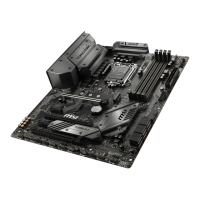
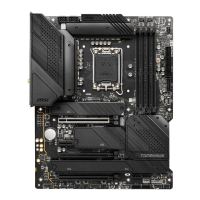
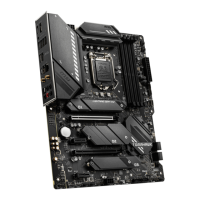
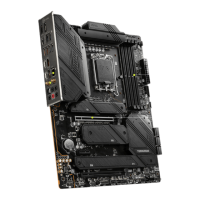
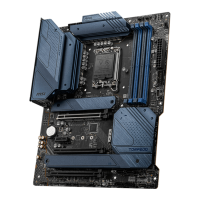
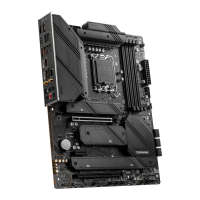
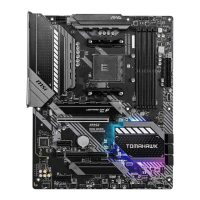
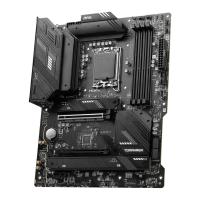
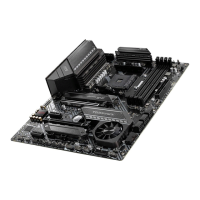
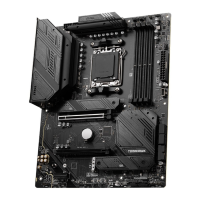
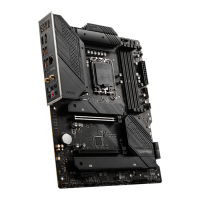
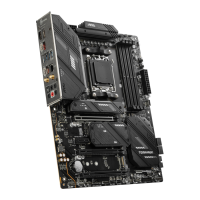
